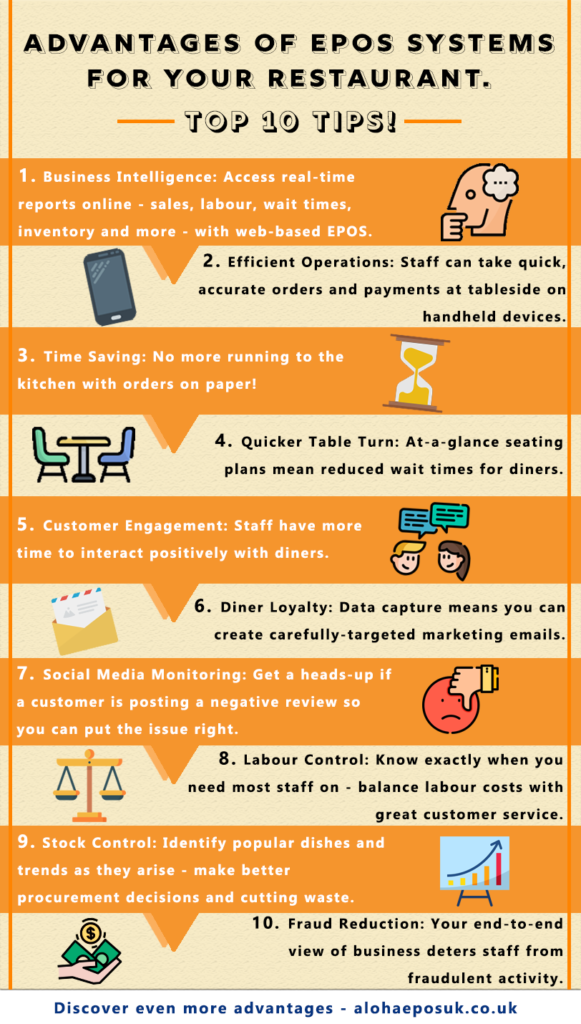Did you wait for Black Friday last year before you bought that item you wanted? And have you ever snapped up a bargain flight just days before it was advertised at a higher cost?
If you’ve experienced either of these situations – or other similar ones – you’ll have become involved in one of the biggest trends in modern selling: dynamic pricing.
It’s a system that closely matches demand to the price tag; it’s helped companies including Easyjet and Amazon to grow their success by using data to drive their price strategy.
Taxi giant Uber also makes use of what it calls ‘surge pricing’, where it constantly adjusts the price of rides so they match rider demand and driver supply. If there aren’t enough drivers – or there are many customers – the prices are increased.
The strategy certainly hasn’t put customers off – Uber is prospering.

Dynamic pricing has certainly become the norm in the hotel industry, where the most savvy hotels employ property management systems that can push out availability to the online travel agents (OTAs) and make sure the most advantageous yield is achieved.
Up until now, however, the restaurant industry has largely shied away from the idea.
Perhaps it’s an impression – rightly or wrongly – that customers will be irritated by the fact that their burger costs more on a Saturday than a Tuesday.
Certainly, pubs caused a backlash recently when some chains upped the price of a pint during World Cup matches.
Some regulars branded the organisations greedy – but pubs argued in their defence that the extra costs of big events, including staff, security, cleaning and supplying polycarbonate glasses need to be covered.
Whichever viewpoint you agree with, the situation does suggest that hospitality customers have a special kind of relationship with their chosen establishments that needs to be handled with particular delicacy.
However, consumers are now so accustomed to going with the ebb and flow of dynamic pricing in nearly all areas of their lives that it would be naïve to suggest it has no place in the restaurant business – if correctly implemented.
After all, dynamic pricing is simply a way of making sure you get the full value of your product at all times – while providing a benefit to customers who can choose when they want to eat and what they want to pay.
What 3 questions does a restaurant need to be able to answer before it considers putting dynamic restaurant management in place?
- When is my restaurant busy – and when is it quiet?
- Which are my best-selling dishes?
- What trends are starting to gain traction?
The answers may seem obvious.
But in fact, because restaurants are particularly complex businesses – particularly groups that operate in multi-locations – it can be extremely difficult to get an end-to-end view of the key factors that are affecting business.
So will restaurants ever be able to take full advantage of dynamic pricing?
It’s definitely possible, thanks to the advantages of EPOS systems, which have already revolutionised the operations of many savvy restaurants around the world.
Beyond EPOS – how business intelligence will be the key to dynamic restaurant management
A modern EPOS system provides a huge range of useful capabilities – and has also evolved into a full business intelligent suite that can aggregate a wealth of information on sales, labour, wait times, inventory etc.
It constantly collates and provides the crucial datasets that enable restaurant managers to help their staff work more efficiently and run their business seamlessly at all times.
The extraordinary level of business intelligence this software offers is perhaps the greatest advantage of EPOS systems – and the one that can make dynamic restaurant management an achievable and desirable option for restaurants going forward.
An advanced EPOS system at multi-site enterprise level can also push through any changes – such as price changes, promotions, and menu changes – dynamically; something that’s impossible without a restaurant management system.
This dynamic pricing is event-driven – so for instance, a happy hour promotion could be set up to adjust prices automatically every Monday when it’s quiet. And as the Uber surge strategy shows, consumers love a deal…
Another major advantage of EPOS systems is that a guest manager facility dynamically maximises seating efficiency, and also captures guest preferences and data which can then drive loyalty and marketing.
So remember the three questions I asked earlier?
For restaurant owners or managers who have EPOS business intelligence at your fingertips, there’s no guesswork in knowing the answers.
Your instincts as a restaurateur are excellent, of course, but you no longer have to rely completely on them to know exactly how your business is doing.
And in addition, your business decisions are firmly supported by data. It’s a good recipe for continuing success.
The trend towards dynamic pricing may well continue to grow among consumers – everyone loves the chance of a good deal.
And if restaurant customers decide they want it, the restaurateurs who have powerful advantages of EPOS systems at their fingertips will be the ones in a solid position to offer it.
















